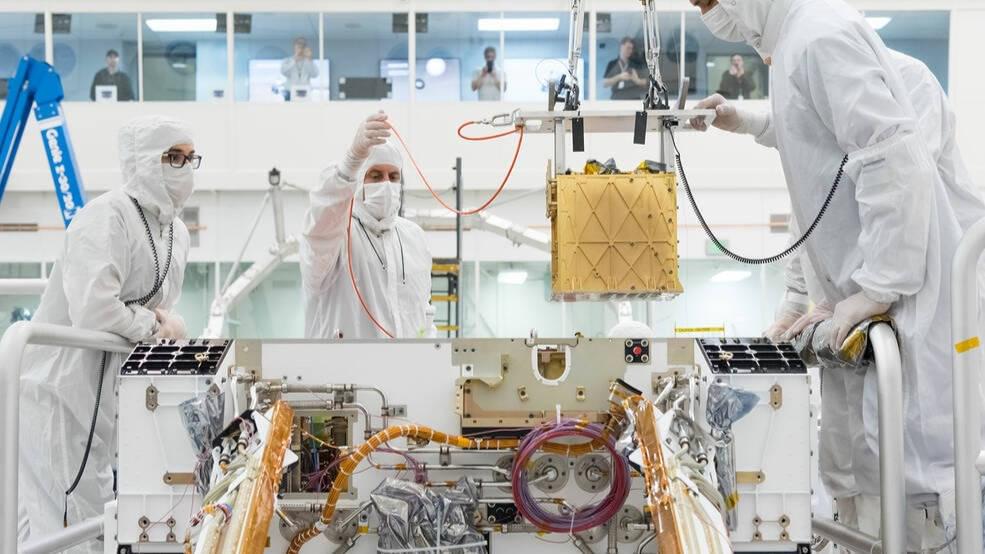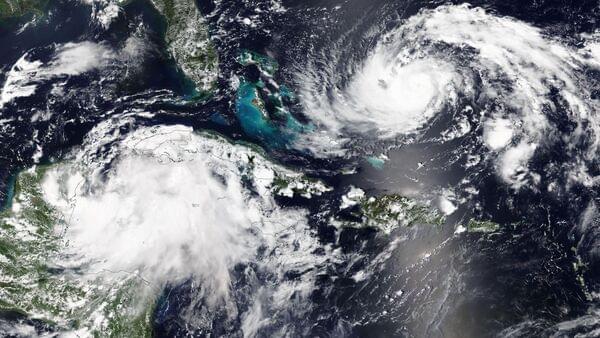NASA’s Perseverance Mars rover has generated oxygen on Mars for the 16th and final time with the agency saying it exceeded expectations.
A device on the rover is known as MOXIE (Mars Oxygen In-Situ Resource Utilization Experiment).
Since Perseverance first landed on Mars in 2021, MOXIE has generated 122 grams of oxygen. According to a NASA blog post about the success of MOXIE’s mission, this is about the amount a small dog breathes in 10 hours. Its 16th run on August 7 saw the microwave-sized device produce 9.8 grams of breathable oxygen.







